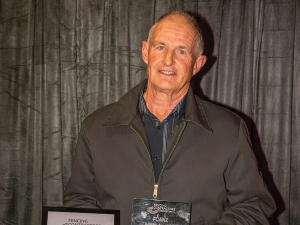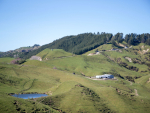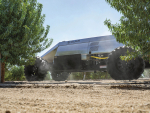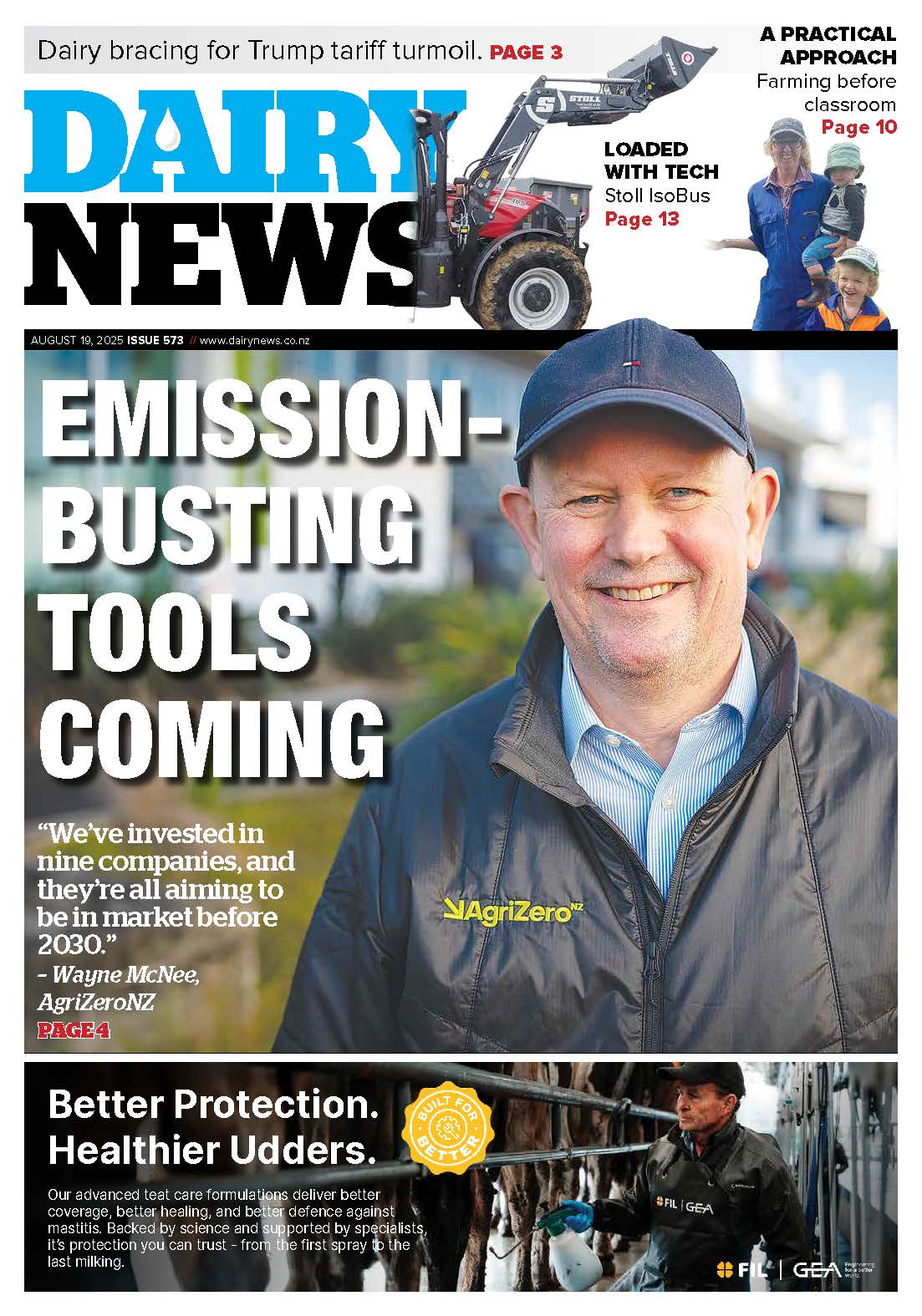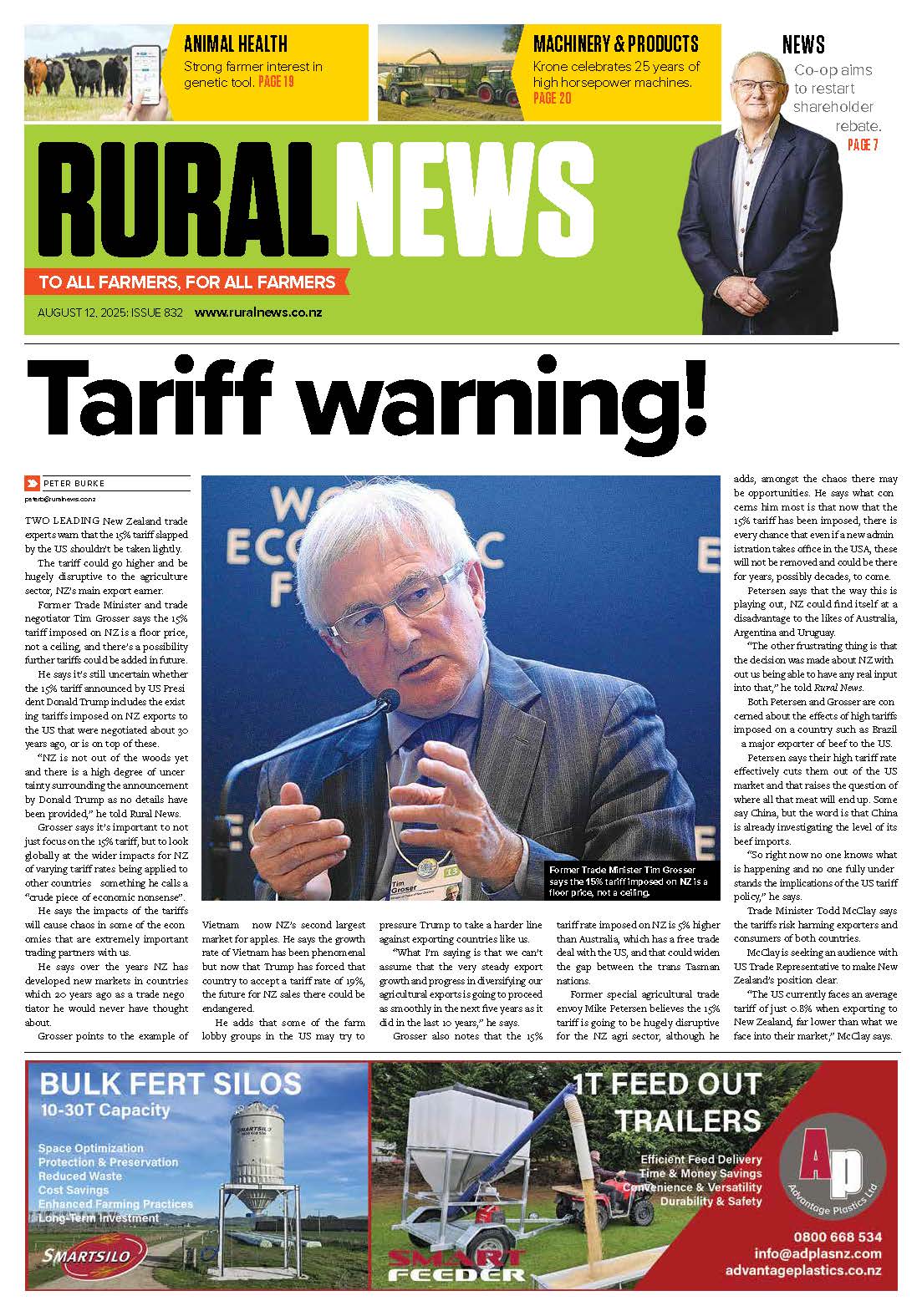This last sector has a large following in Europe, where livestock farmers who house stock during the winter find the compact size and manoeuvrability especially useful.
One manufacturer making more sales is Tobroco, which makes the Giant range of loaders at a purpose-built factory in Oisterwijk, Netherlands, at a rate of about 60 machines a week. With materials handling being a speciality, an extensive range runs to 29-wheel loader variants, three skid-steer machines and two telescopic handlers.
Distributed in NZ by Forestquip, Christchurch, the Giant Loaders are named after the humble ant that can lift 50-times its body weight.
These appeal to farmers and builders, who might not need to lift huge weights but do need a compact profile and versatility.
Rural News caught up with a Giant V600-4T operated by the Sanderson Group at its rapidly growing Bethlehem Shores retirement complex on the outskirts of Tauranga. Said to be the largest independent developer of such complexes in NZ, the group locates good sites, does the earthworks to make the best of the site, then builds quality retirement homes.
With basic infrastructure done, the Giant comes into its own for loading and unloading trucks, moving aggregates, emptying rubbish skips and powering a sweeper/collector to keep the site tidy.
Initially chosen for its compactness, manoeuvrability and narrow width, the machine is also proving useful for getting between completed or part-finished buildings without risk of damage; it has clocked up 1200 hours in just six months.
Powered by a 4-cylinder, 60hp Kubota engine, the machine is rated to lift 2300kg to a lift height of 3.4m, and weighs about 5600kg. Standard features include a load sensing 80L/min hydraulic system, a power management system that delivers optimal hydraulic flow between the loader or drive system, and a Z-Kinematic linkage to deliver higher breakout forces.
Sanderson Group transport and logistics manager Dean McLaughlin said the operation previously tried to do the same tasks with a reverse-drive tractor with forks and a top speed of about 5km/h. The Giant with its 40km/h capability proved much more productive.
He also notes that running costs so far have amounted to diesel and regular servicing at 250-hour intervals.
“The machine is easy to operate and easy to attach or detach the implements we use,” McLaughlin says. “The 4WD is an added benefit, allowing us to get to all areas of the site irrespective of weather or ground conditions. Frankly we now couldn’t operate without it.”









